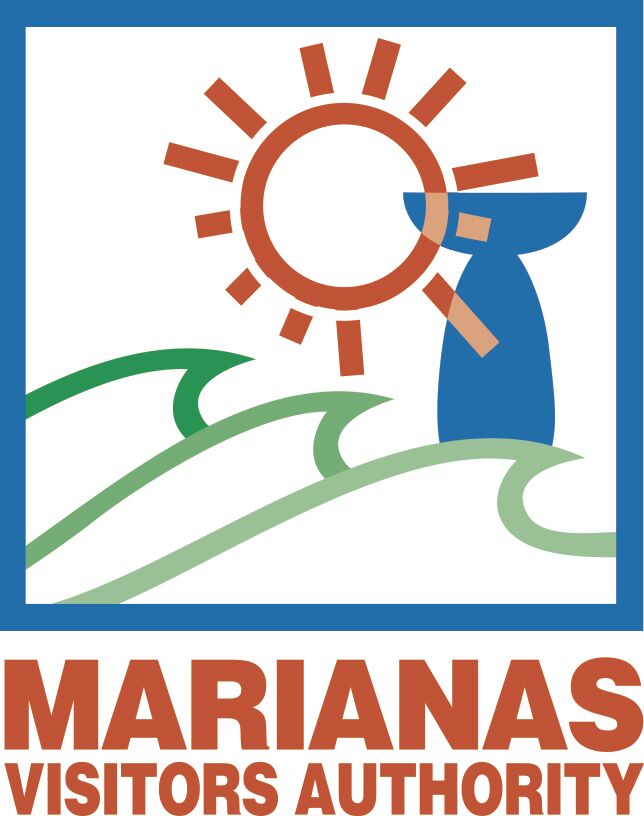
“IF we want to return to pre-Yutu, pre-pandemic [tourist arrival] numbers, it will require pre-Yutu and pre-pandemic investment,” Marianas Visitors Authority Board Chair Gloria Cavanagh told the Senate Fiscal Affairs Committee on Wednesday.
For fiscal year 2025, MVA is requesting a budget of $12.389 million. Gov. Arnold I. Palacios, however, proposed $4.4 million only. MVA’s primary source of funding is the hotel occupancy tax collections.
Cavanagh, MVA Managing Director Christopher Concepcion and other MVA officials appeared before the Fiscal Affairs Committee at 1:30 p.m. in the Senate chamber.
Cavanagh presented graphs showing the total visitor arrivals each year since 1978. She said the CNMI received the highest number of arrivals in 1997: 727,000.
In 2019, or prior to the Covid-19 pandemic, the annual visitor arrivals totaled 424,838. This year so far, there have been 160,151 arrivals.
Cavanagh told the committee that “historically, you see a correlation between the amount of funding MVA invests and the number of visitors we receive.”
“If you want to increase visitor arrivals, we need more funding,” she added.
Her presentation also included MVA’s annual allocations over the last four years. In fiscal year 2018, prior to Super Typhoon Yutu, MVA received $15.7 million, and in FY2019, before the Covid-19 pandemic hit the CNMI, MVA’s budget was $14 million.
For the current fiscal year, MVA was allocated $4.1 million.
MVA submitted a $12.389 million budget request for FY 2025. Of this amount, MVA proposes to allocate $1.6 million for personnel; $1 million for operation; $7.3 million for marketing; $1million for advertising; and $1.2 million for destination enhancement.
“We do want to fill some of those key personnel positions on all three islands that have been long vacant. But most importantly, we want to make significantly higher investments in marketing and our product, our home, through destination enhancement,” Cavanagh said.
She said tourist arrivals today are 61% lower than what they were before Super Typhoon Yutu, and 37% lower than before the Covid-19 pandemic. Korea remains the “strong market” with 76% market share, while China, “which was equal to Korea before the pandemic,” now represents 6% only of the market. There have been no direct flights from mainland China since 2020.
She said with the suspension of flights by Asiana Airlines, the closures of Hyatt Regency Saipan and the First Hawaiian Bank’s Gualo Rai branch and other businesses, [as well as] the limited hours of DFS, “the number of visitors we are getting now without a strong third source market is very challenging — for some, it’s simply unsustainable.”
She added, “In terms of flights, we have fewer flights, fewer air seats from Korea compared to pre-pandemic…. There is a big hole once filled by China. Direct flights from mainland China have not resumed since the pandemic and we have only two weekly flights from Hong Kong. This is due in large part to the suspension of Annex VI.”
Annex VI is a provision of the U.S.-China Air Transport Agreement that exempts the CNMI from the flight frequency limitations between the U.S. and China.
In a letter to U.S. Department of Transportation Secretary Pete Buttigieg in March 2024, U.S. Congressman Gregorio Kilili Camacho Sablan said the flight cap order issued by DOT in Aug. 2023 in response to China’s Covid-19 restrictions included scheduled flights to the CNMI, “and has not been lifted since.”
Kilili said the exemption provided for in Annex VI of the U.S.-China Civil Air Transport Agreement should be reinstated.
“The Marianas remains in a deep state of recovery following the pandemic, which in combination with recent historic natural disasters, has crippled our infrastructure and economy. Members of my community remain concerned that our ailing economy will continue to languish and may not recover until access to Chinese tourism is regained,” Kilili said.
“This could only happen when direct scheduled flights from China fully resume, as allowed under the provisions of Annex VI,” he added.
In an interview Wednesday, House Ways and Means Committee Chair Ralph N. Yumul said, “We are way off” the pre-Yutu and pre-pandemic revenue levels. He noted that the revenue projection for FY 2025 is below the current fiscal year revenue projection. The current fiscal year revenue projection is $163.4 million while the FY 2025 revenue projection is $158.6 million.











